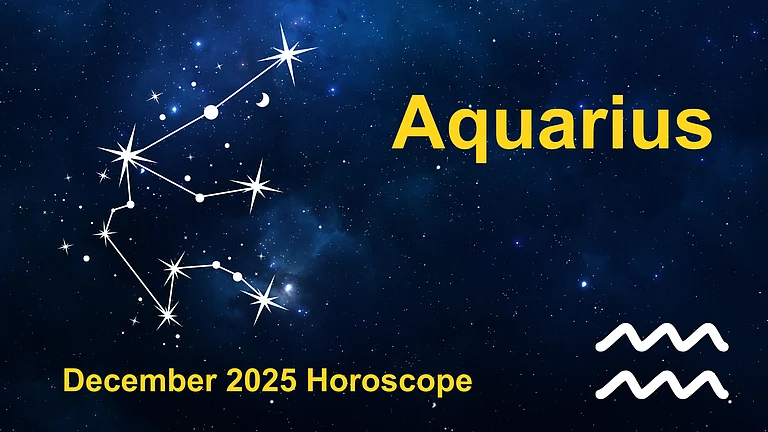Astronomers have discovered what potentially the brightest object in the universe: a quasar featuring a voraciously growing black hole at its core, consuming material at a rate equivalent to engulfing a sun every day.
The recently discovered record breaking quasar emits light that surpasses the sun's brightness by 500 trillion times, as reported by an Australian-led team in the journal Nature Astronomy on Monday.
At the heart of this distant quasar lies a black hole over 17 billion times larger than our sun.
Although appearing as a mere dot in images, scientists conceptualize the quasar as a ferocious place.
The swirling disk encircling the black hole of the quasar, comprised of luminous gas and matter consumed from stars, resembles a cosmic hurricane.
Lead author Christian Wolf of the Australian National University described this quasar as "the most violent place that we know in the universe” in an email.
Initially spotted by the European Southern Observatory as 'J0529-4351' during a sky survey in 1980, it was initially mistaken for a star.
Only last year was it identified as a quasar, the intensely active and luminous core of a galaxy, with confirmatory observations from telescopes in Australia and Chile's Atacama Desert.
“The exciting thing about this quasar is that it was hiding in plain sight and was misclassified as a star previously,” Yale University’s Priyamvada Natarajan, who was not involved in the study, said in an email.
Subsequent observations and computational analysis have revealed that the quasar consumes material at a rate equivalent to 370 suns annually, approximately one per day.
The team also determined the black hole's mass to be 17 to 19 times that of our sun. Further observations are necessary to grasp its rate of growth.
Situated 12 billion light-years from Earth, the quasar has existed since the early epochs of the universe. A light-year spans a distance of 5.8 trillion miles.


























